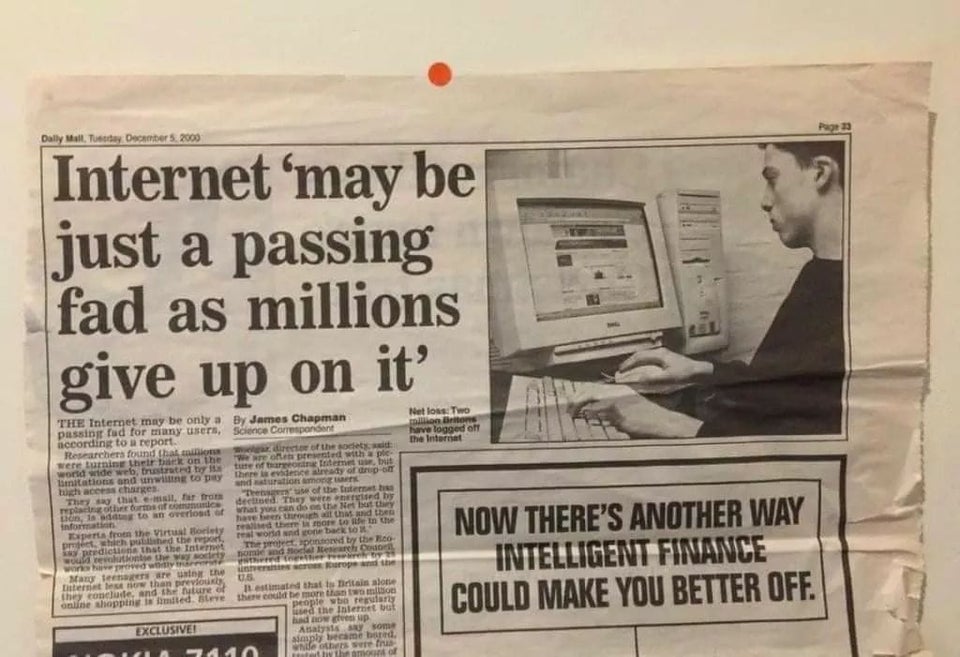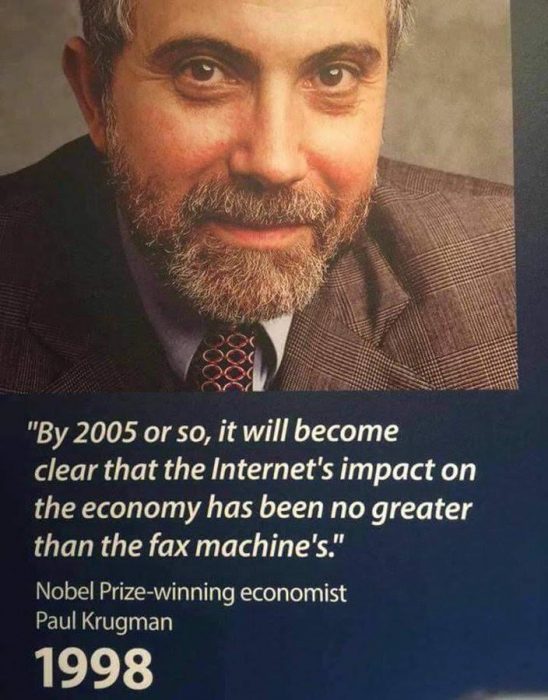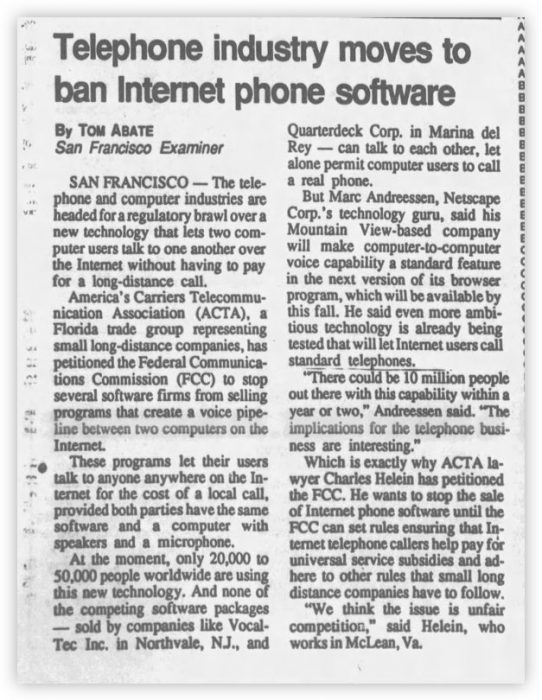Alongside quirky honours like ‘Tallest man ever’ and ‘Largest living cat’, Bitcoin (BTC) has now been immortalised in the Guinness World Records (previously known as The Guinness Book of Records).
Guinness World Records has recognised several of the OG cryptocurrency’s most noteworthy achievements, including its status as the world’s oldest cryptocurrency and the most valuable cryptocurrency.
These entries, and a host of other crypto-related entries, were included in the 2023 edition of the annual compendium. Other notable new entries into the Guinness World Records recognised topical subjects such as TikTok and space travel.
Listing Reflects Crypto’s Relevance
In addition to the records mentioned above, the 2023 edition of the Guinness World Records includes quite a few other Bitcoin and crypto-related records.
Some of the more notable entries include:
- The most expensive NFT artwork went to an artist known as Beeple (real name Mike Winklemann) for his work ‘Everydays: The First 5000 Days’, which sold in March 2021 for a whopping US$63,346,250.
- The first country to adopt Bitcoin as legal tender is listed as El Salvador on September 7, 2021.
Other crypto-related entries appearing on the Guinness World Records website include:
- Largest Bitcoin Fraud
- First Commercial Bitcoin Transaction
- First Bitcoin Transaction
- First Minecraft Server With a Bitcoin Economy
- First Country to Adopt Bitcoin as Legal Tender
- Most Valuable Cryptocurrency
- Oldest Cryptocurrency
- First Cryptocurrency Exchange
- First Blockchain
- Largest Cryptocurrency Hack
- First Decentralised Cryptocurrency
- First Seizure of Cryptocurrency
- First NFT
- First Tradable NFT
- Largest Cryptocurrency Winning Jackpot in an Online Poker Tournament
- Most Expensive NFT Artwork (Limited Edition)
- Most Expensive NFT Artwork (Open-Edition Auction)
- Largest Seizure of Cryptocurrency
- Most Valuable Sports Club NFT
- Most Expensive NFT Collectible
- First Ethereum NFT
- Highest Floor price for an NFT Collection
- Richest Crypto-billionaire (Current)
- Highest Transaction Volume for an NFT Collectible Game
- Most Expensive Tweet Sold at Auction
Speaking to Coin Telegraph, a representative from Guinness World Records explained the publication’s interest in crypto:
“[Guinness World Records] tries to reflect that year’s zeitgeist and the topics our readers are likely to be discussing…We will be watching this space with interest over the next few years, as the technologies that underpin crypto develop and find a wider range of applications.”
Guinness World Records Spokesperson










